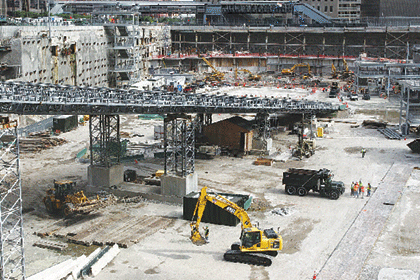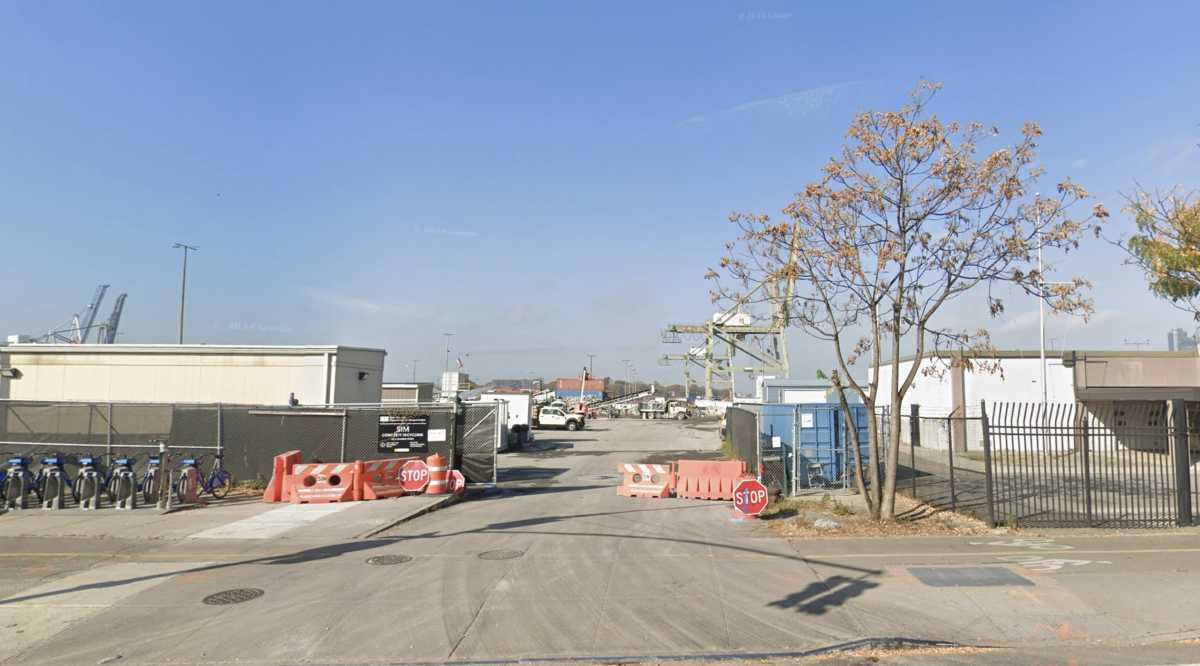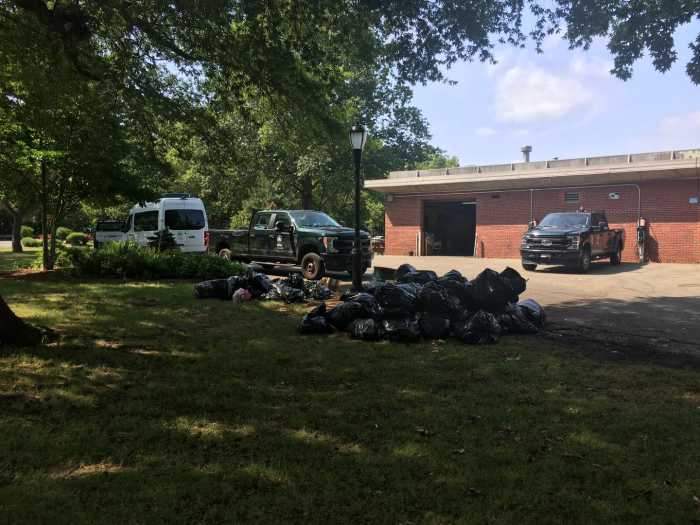By David Stanke
Last week, Mayor Bloomberg was appointed to be chairperson of the World Trade Center Memorial Foundation, responsible for raising $150 million to complete the memorial. As has become the routine, a number of 9/11 victims’ family members protested. Michael Bloomberg is not just the best person for the job; he may be the only person. He has demonstrated a backbone on emotionally charged W.T.C. issues. At the end of day, the $10 million he reportedly contributed will be far less important than his ability to resist the constant attacks at anything proposed for the site.
The Memorial Foundation has an excellent curator and design firm for the memorial and memorial museum. Alice Greenwald designed the Holocaust Museum in Washington D.C., a well regarded accomplishment in an emotionally charged environment. Davis, Brody, Bonds has produced a series of creative and moving designs for the museum. These experts will need a public cover from constant sniping by the few family members who want to make 9/11 their lifelong careers.
One family member accused Bloomberg of trying to be the “emperor of 9/11.” They claim they want someone with a fresh set of eyes. What the protesters really want is someone they can bend. There is only one reason for their objections: They have outstanding agendas that they fear Bloomberg will resist.
Every demand granted to these 9/11 activists leads to expanded demands. What will the next round be? Some want an above ground museum in addition to the expansive museum below the 8-acre memorial plaza. Some family members want massive W.T.C. artifacts scattered throughout the plaza. Others want to bring back toxic W.T.C. debris from Fresh Kills. Activists may still oppose the performance center planned across the street.
Bloomberg’s greatest success at the W.T.C. was slashing the cost of the memorial from $1 billion to $500 million. For this, some family members labeled him insensitive. Another, better characterization of his role would be “tough love.” The memorial was so costly and so riddled with open issues that big contributors were staying away. By withstanding the attacks of family member activists, he boosted the chances for a successful fundraising.
Mayor Bloomberg’s cost-cutting efforts, under the guidance of developer Frank Sciame, improved the memorial and museum. A whole unnecessary level of the memorial was removed. By moving infrastructure to this gallery level, more exhibition space will be created at the north tower footprint. Many security issues vanished with the change and the victims’ names also came to the surface, silencing many outstanding criticisms.
In a recent historic preservation review of museum designs, family member activists and preservationists gushed praise (on themselves) for the latest Davis, Brody, Bond museum designs. They berated the architecture firm’s past efforts and took personal credit for the improvements. What they failed to acknowledge is that Mayor Bloomberg’s cutbacks were exclusively responsible for the design changes. After years of bitter opposition to museum designs, participants were reduced to superficial ponderings of whether pedestrian ramps would look better in wood, metal or glass.
The fundraising effort is finding new life with acceptance of the design changes. The money required is still a challenge, but the foundation can now engage potential contributors with a degree of confidence. The project is doable and the price tag is close-ended. With Bloomberg, there is a leader at the helm who might be able to sustain this position.
There are still roadblocks for the memorial. There are competing proposals for placing the names of the victims on the walls. Some would like to fill the memorial plaza with W.T.C. ruins. Activists will certainly try to take museum curatorial decisions out of the hands of experts. Only determined leadership will be able to hurdle these obstacles, keep the costs from soaring and protect the design integrity of experts.
For these past achievements alone, Bloomberg has earned the foundation’s chairperson position. The remaining challenges demand his strengths. The ongoing hostility of memorial discussions has chased away many big-name public figures. From City Hall, the mayor will have the forum to establish a more positive sentiment about the memorial. With his connections, he will undoubtedly back the publicity with big names and critical cash.
In a recent meeting, Alice Greenwald compared the size of the W.T.C. memorial to that of a midsize city business district. The complexities that come from the size have bogged down an effort for which simplicity was essential. The foundation president’s job, you will recall, has already claimed one victim and the chairperson position was originally rejected by a host of powerful and capable people. I have challenged Mayor Bloomberg’s vision for W.T.C. and Downtown, but he is uniquely capable of driving the W.T.C. memorial forward.
David Stanke is a consulting party to the Section 106 World Trade Center historic preservation process. His email is davestanke@ebond.com.


































